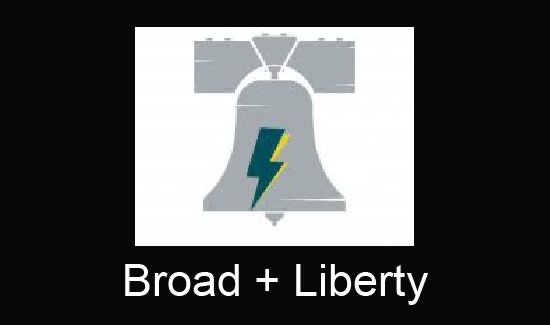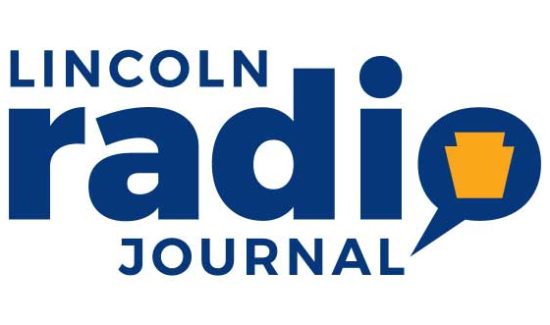The Problem with PA’s Economy
Pennsylvania’s economic growth has fallen quite short of the national rate over the last year. Particularly troubling is the vast difference in the growth �“ or lack of �“ in the commonwealth’s manufacturing employment, says Jake Haulk, president of the Allegheny Institute for Public Policy.
“In both 2016 and 2017, the goods sector performed well below the national (level),” he says (in Policy Brief Vol. 18, No. 1). “What’s worse, the much stronger national manufacturing gains in 2017 have not been able to lift Pennsylvania’s factory jobs.”
Nationally, real gross domestic product grew at more than 3 percent at an annualized rate in last year’s second and third quarters; forecasters expect fourth-quarter growth to be near 4 percent.
“Certainly a better business environment, substantial deregulation and the promise of major business tax cuts (in effect as of Jan. 1) have played a major role in the 2017 acceleration,” Haulk says.
But compared to U.S. goods employment performance last year, Pennsylvania’s growth is very anemic.
“Nationally, goods employment climbed 2 percent through November while Pennsylvania’s 0.45 percent gain is less than a fourth of the national increase,” the Ph.D. economist says.
A bit of context here: During the first 11 months of 2016, goods employment in the Keystone State fell a cumulative 16,000 jobs. Through November 2017, there was a cumulative increase of 3,700 jobs. Last year’s gain is due to an 8,600 increase in construction jobs and 800 more mining jobs.
“Unfortunately,” Haulk says, “manufacturing employment continued its decline, losing 6,000 jobs from the December 2016 level through November 2017 to go with the 9,000 loss in 2016.”
Which means Pennsylvania’s manufacturing sector has lost 103,000 jobs since 2007. The recent robust rise of manufacturing in the aggregate U.S. numbers and the loss of Pennsylvania manufacturing has significant implications for differences in GDP growth between the state and nation, as well as in tax revenue.
That said, Pennsylvania’s service employment numbers fared better than the goods sector. Through November 2017, service jobs rose a cumulative 58,900, or 1.3 percent, after a 1.4 percent gain through November 2016, which closely aligns with the national numbers.
But Haulk reminds that goods jobs, on the whole, produce more added value than service jobs. Rising goods production has a higher multiplier effect.
“In sum, the Pennsylvania economy still lags behind the U.S., although its service sector has been able to stay fairly close in terms of percentage growth in jobs,” Haulk says. “However, recent goods-producing jobs and hours worked have trailed U.S. growth badly, especially in 2017.”
It is those losses in manufacturing that are especially worrisome in light of the sector’s significant gains nationally. And it yet again is incumbent upon Pennsylvania leaders to not only eliminate existing barriers to growth but to refrain from erecting new ones.
“This puts even more pressure on the state government not to damage the natural gas-producing industry” — with a severance tax on top of an impact fee �“ “which can and should be a major driver of economic growth in the commonwealth,” Haulk says.
“It also means overall growth and tax revenue will remain subdued until the state adopts a far friendlier business climate and addresses the hobbling effects of public-sector unions.”
Colin McNickle is a senior fellow and media specialist at the Allegheny Institute for Public Policy ([email protected]).







